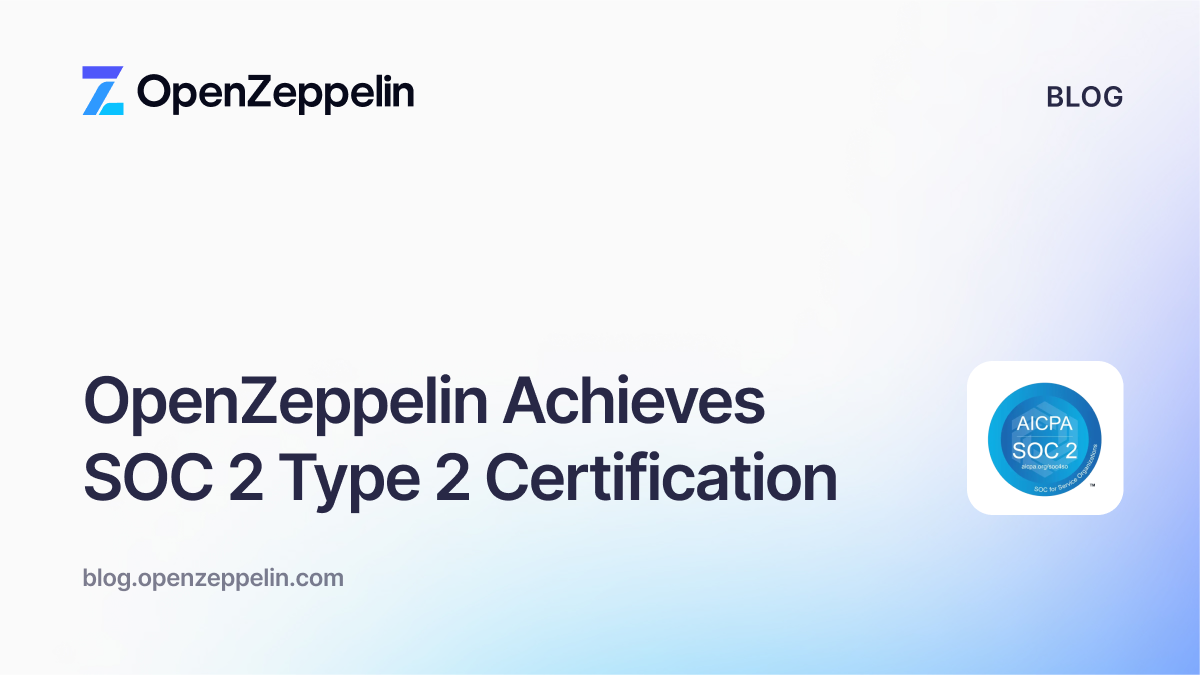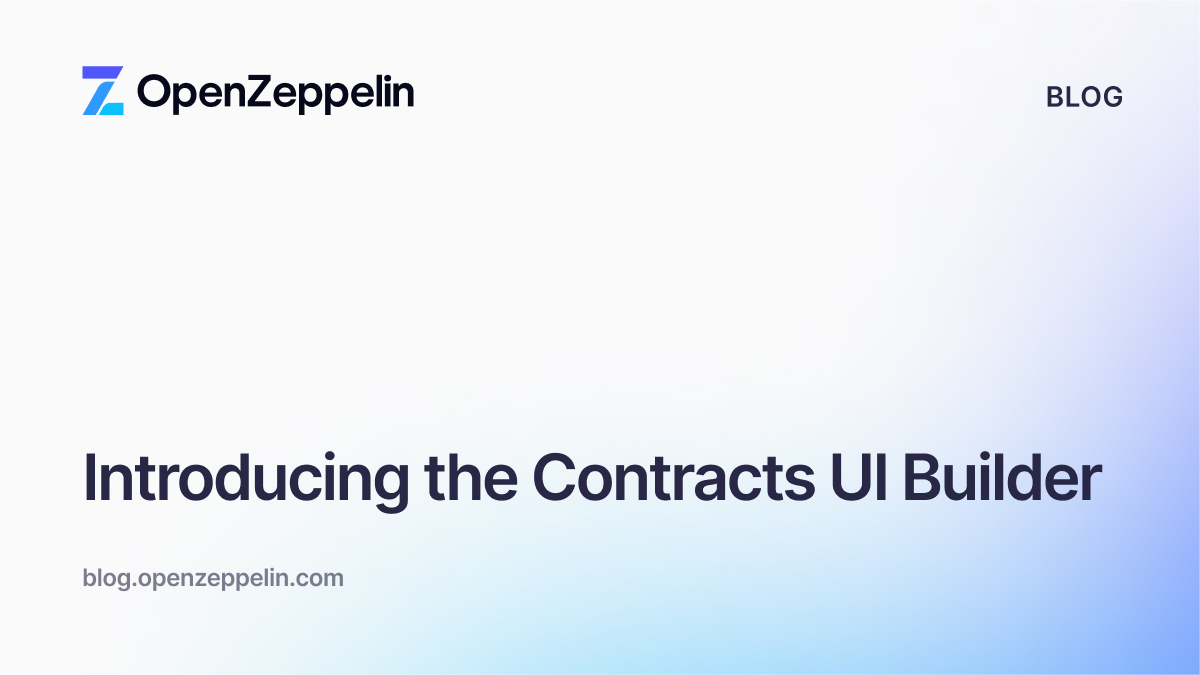As we transition development tooling like Relayer and Monitor to open source, Defender enters a phased sunset, with the hosted service retiring July 1, 2026. Below you’ll find answers to common questions and more details about the transition.
How long can I continue to use Defender?
Defender remains fully operational, with critical patches and support, through July 1, 2026. After that, the hosted service retires, but you’ll have a full year to plan and migrate to open source.
What happens once Defender retires?
You can self-host the open source versions of Relayer, Monitor, and our upcoming tools to maintain current features in your own environment.
I lack DevOps capacity, how hard is self-hosting?
Not very, here are more information about self-hosting:
- Dockerized & documented: Relayer and Monitor ship as self-contained Docker images with step‑by‑step setup guides.
- KMS integration: HashiCorp Vault and AWS KMS are supported today. GCP KMS is coming soon too.
- Managed Service option: If you’d prefer not to operate the infrastructure yourself, let’s discuss a hosted solution tailored to your needs. If you are interested, please submit a request through this form.
Will I lose features or have a degraded experience when I switch to open source?
- Nearly full feature parity: Most core capabilities—transaction relaying, real-time alerts, automation—are preserved or improved in the open source releases. Naturally, some features can't be maintained in an open source environment, since this approach puts you in full control of items that were previously managed for you.
- Different interface: Instead of a hosted dashboard, you’ll use CLI, SDK and API’s to interact with the infrastructure instances.
- Managed Service option: If you’d prefer not to operate the infrastructure yourself, let’s discuss a hosted solution tailored to your needs. If you are interested, please submit a request through this form.
How much effort will migration require?
In the coming weeks we’ll publish detailed migration guides. You have a 12‑month runway to plan and execute your migration, and you can run the open source tools in parallel with Defender until you’re confident everything works.
Can I fall back to Defender if something breaks?
Yes, Defender remains your safety net until July 1, 2026. We recommend a phased approach: spin up self‑hosted instances, run them in parallel, and validate that your use cases behave as expected before finally cutting over.
How are security patches and vulnerabilities handled in OSS?
All open‑source tools remain under active maintenance. Every code change is checked in a public CI/CD pipeline, and vulnerabilities are patched transparently with full audit trails. Critical issues follow a coordinated disclosure process.
Which hosting environments are supported?
Docker‑based deployments work seamlessly across major cloud platforms such as AWS, GCP, and Azure.
What about performance, availability, and scaling?
For performance, availability, and scaling, you can deploy multiple open source instances behind a load balancer to achieve high availability—full load balancing support is on our roadmap—and we’ve engineered the tools to match or exceed Defender’s throughput. Our documentation includes recommended system requirements and best practice tuning guidelines to help you meet your performance targets.
Which chains does open source Relayer support?
- Full EVM support: Major EVM networks work out of the box. Smaller chains that deviate from standard gas pricing may require tweaks. If you encounter one that doesn’t work, please open an issue on GitHub or raise it in the Telegram community.
- Non-EVM networks: Solana and Stellar integrations are live, with more on the way based on community demand.
What license covers the open source tools?
All tools are released under the AGPL v3, free for use without commercial restrictions, with the requirement that distributed modifications remain open source under AGPL.
Where can I find more details?
- Full announcement
- Open Source Stack overview
- Open Source Monitor Docs and GitHub
- Open Source Relayer Docs and GitHub
- Telegram community
For additional help, feel free to reach out to defender-support@openzeppelin.com. We’re here to ensure a smooth transition to your new open source toolkit.


